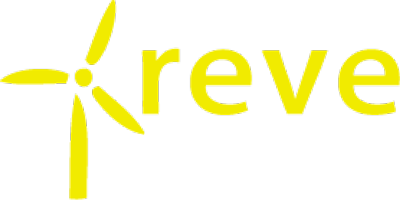
“Historically many wind farm owners have focused primarily on turbine availability and, as a result, risked missing significant opportunities to improve their margins,” says Cathy Syme. “Our benchmarking studies over the last five years have shown that spending money on increasing availability does not necessarily lead to a corresponding financial benefit. The real opportunities for improved operational and financial performance tend to present themselves through the collection and analysis of data focused on the interaction between availability, efficiency and wind resource, and their combined impact on revenue and costs.”
Using many years of operational data gathered through the course of its consulting work, GL Garrad Hassan conducts benchmarking of projects on a per turbine or per MWh basis. The benchmarking covers performance, availability and costs, and the sample data take into account a variety of factors, such as the technologies in use and regional profiles of the installations. These benchmarking studies have already dispelled a number of wind industry myths: firstly, that when a wind farm is meeting its budgetary requirements it is also performing well; secondly, that spending money on increasing a turbine’s availability is always the smartest thing to do financially; and finally, that simply gathering a lot of wind farm data does not by itself lead to a greater understanding of wind farm performance.
